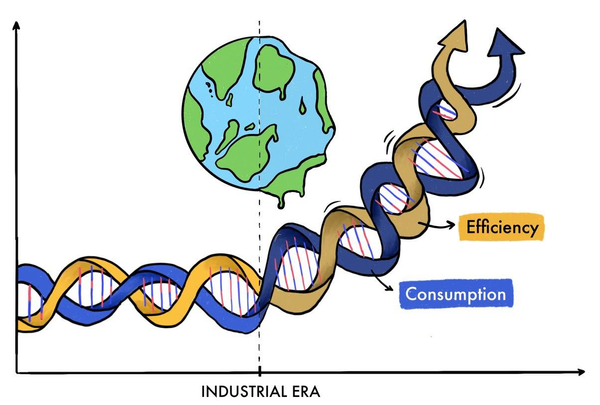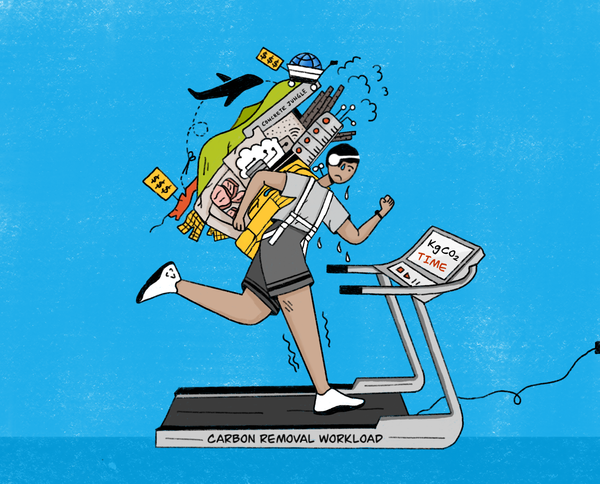Climate parallels from the movie Zone of interest
Climate connections from the Oscar winning war movie.
Spoiler alert: It would be better to read this article after watching the movie to avoid spoilers and appreciate the climate parallels.
I came to know about Zone of interest after it won the 2024 Oscars for best international film. The trailer of movie did enough to pique my interest to watch it. In this movie Auschwitz commandant Rudolf Höss and his wife Hedwig strive to build a dream life for their family in a house and garden beside the concentration camp. The movie, partially based on historical events, makes us reflect on the crimes committed in the concentration camps in Auschwitz in a very haunting way without directly showing the crimes. As I was watching the movie I could not stop drawing parallels between the crimes committed on the Jews in Auschwitz and the current climate injustice on the marginalized populations. Let's discuss few such parallels in this article.
In the movie, Hoss family live a very elitist life, concerned only about their family well-being with absolute disregard and blindness to the horrors happening in the concentration camp besides their house. This reminds me of the global elite who live in a similar luxury bubble with little or no concern to the low-income people and certain indigenous communities who are slowly getting cooked (pun intended) from global warming and other extreme climate events caused by the emissions from the lavish lifestyle of the global elite. The stark contrast in the lifestyle of the Hoss family and prisoners of the adjacent camp is reflective of the gentrified nature of major cities across the world with further widening of the social and economic inequalities.
The train bringing the prisoners to the camp with smoke billowing from its chimney is symbolic of our continued increasing use of fossil fuels, bringing us inevitably closer to tipping points in the climate system. There is a sound of constant revving of an unseen motorcycle engine heard from a distance several times throughout the outdoor scenes in the movie. Rudolf Höss, hired a person just to rev the engine in order to overshadow the horror of screams and gunshots coming from the camp. This made me wonder what all escapist activities we indulge in briefly to ignore the climate crisis. On the extreme side, the super-rich are building bunkers for escape from the climate crisis.
In the movie, a Polish girl who lives nearby to the camp sneaks out every night to put apples at the prisoners' work sites for them to find and eat. She is empathetic to their condition and helping them in her limited capacity. Certain climate activists and grassroot NGO's have taken her role and helping the vulnerable communities across the world in their limited capacities.
I would like to hear from you in the comments if the parallels made sense or if any other climate parallels were there in the movie which I missed.

Buy me a coffee (link below) or support via Paypal if you enjoyed reading this post and found it insightful!
Content writing for Anabe Labs by Rajesh Hegde is licensed under CC BY-SA 4.0



